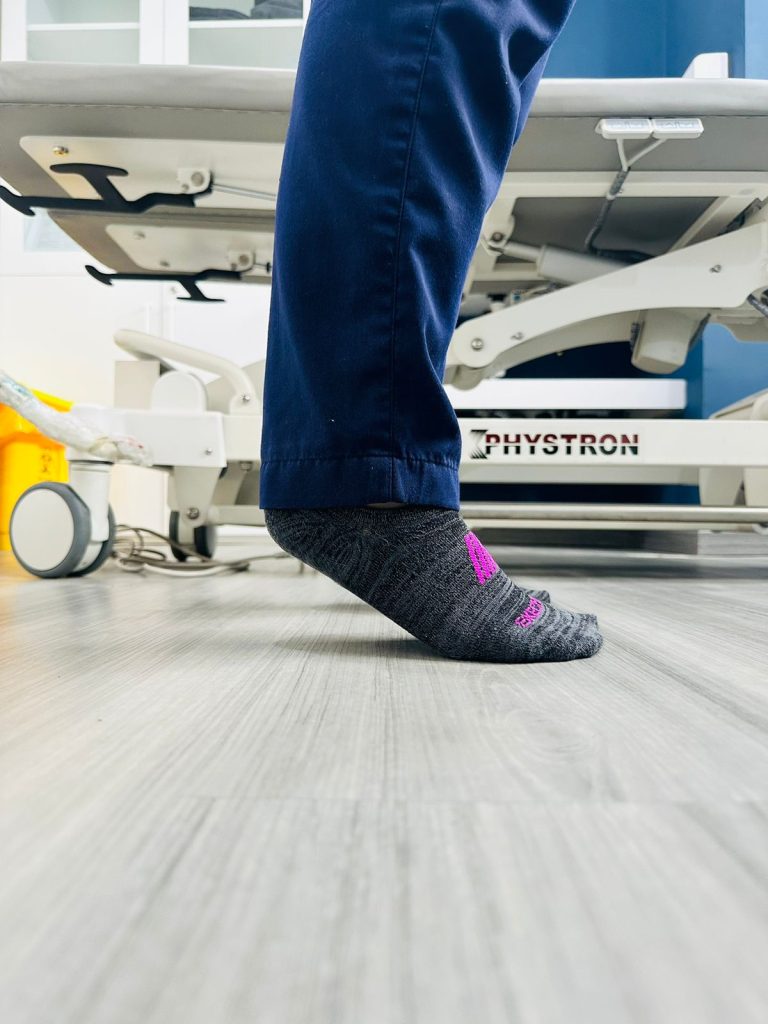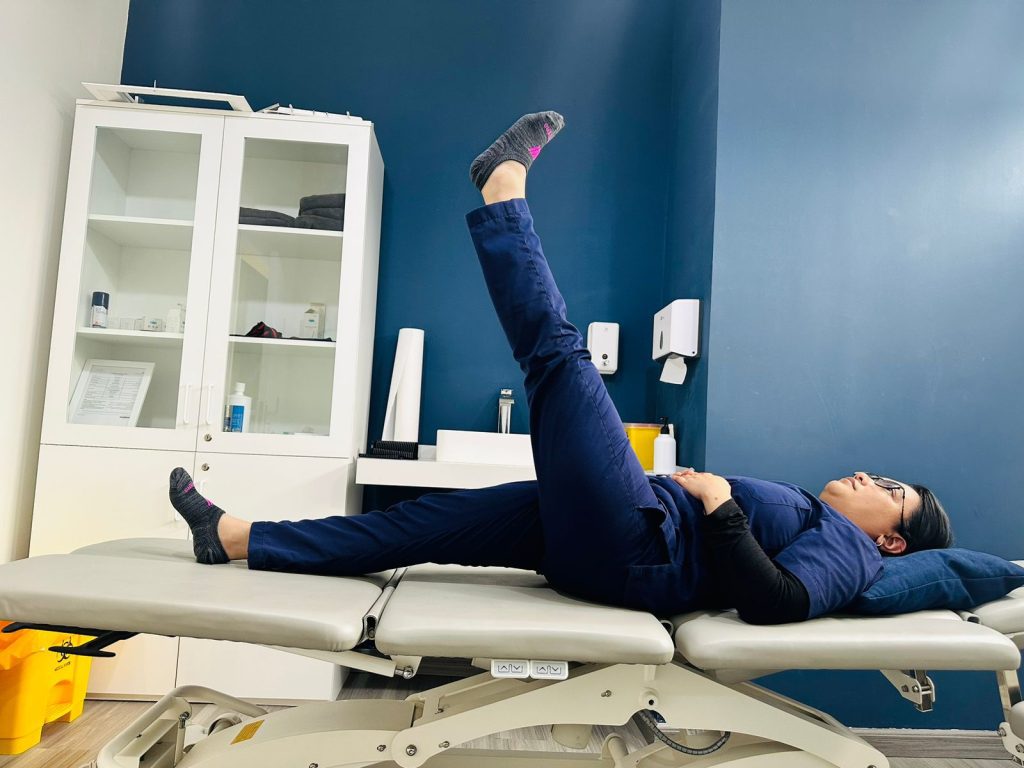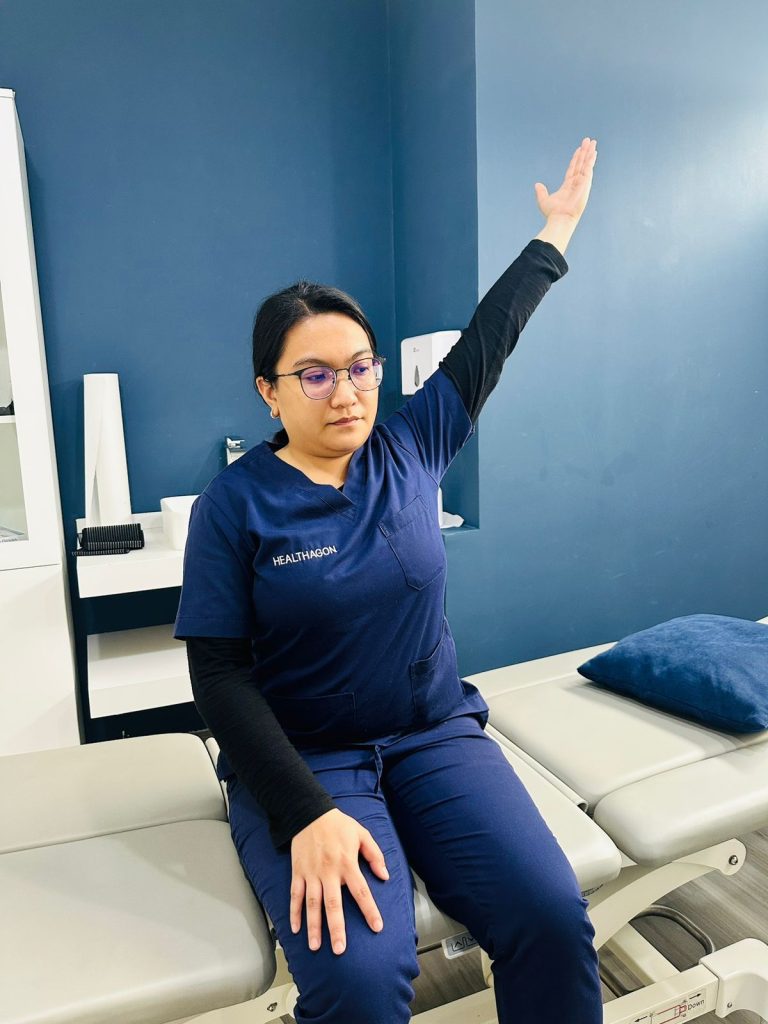Table of Contents

Health Blog | 2 MIN READ
Edema
Dr. Maureen Tarun Agustin
What is Edema?
The medical term for swelling caused by fluid becoming trapped in your body's tissues is called edema. It can affect your face, hands, abdomen, and legs, but it is most commonly found on your feet, ankles, and legs.
What Causes Edema?
Fluid building up can be due to many reasons, but mainly because of:
The medical term for swelling caused by fluid becoming trapped in your body's tissues is called edema. It can affect your face, hands, abdomen, and legs, but it is most commonly found on your feet, ankles, and legs.


Allergic Symptoms - majority of allergy responses include edema due to the nearby blood vessels leak fluid into the affected area in response to the allergen.
Fluid Obstruction - fluid might be backed up If there is any area of restrictions on the fluid drainage. Leg edema may result from a blood clot in the deep veins of your leg and it can result from a tumor restricting the passage of lymph or blood.
Medications - several medications can have side effects leading to swelling such as NSAIDs, corticosteroids, calcium channel blockers, etc. (photo)
Heart Problems- any weakness on the pumping of blood can slowly build up the fluids leading to leg edema. In more serious complications, the fluid can travel to the lungs causing pulmonary edema.
And other reasons such as eating foods with salt, sitting or standing for prolonged periods especially during hot season.
What are the symptoms of edema and who are at risk to have it?
Symptoms to check if you are having edema includes:
• Swelling in the tissues beneath the skin • Difficulty walking if the legs and ankle are affected • Mild tenderness and a feeling of heaviness on the swollen areas • The area may look like shiny and stretched • Temporary dimple marks or indentation may appear upon pressing the swollen area and it is referred as “pitting edema”
Edema can happen to almost anyone but it is mostly seen on pregnant women, elderly (ages 65 years old and up), and to people with heart, lung and circulation problems.
How is Edema Treated?
Proper treatment of edema may vary depending on why it happened in the first place. Movement is one of the easiest solution for temporary edema caused by inactivity.
The following are some of remedies that you can do at home:
• Wearing compression stockings or bandages • Avoiding foods that are high in salt and sodium • Prevent smoking and alcohol consumption • Doing massages on the involved area
Make sure to seek a doctor if you are experiencing edema that is painful and associated with difficulty breathing, because this can be an indication of pulmonary edema which requires an immediate medical attention.
Physiotherapy Exercises
As said earlier, movement is the best solution for edema. So here are some exercises that are recommend for you to perform if you have edema.
1 - Ankle Pumps Feet relaxed, just slowly put your feet up pointing the ceiling and down for as many as you can
2 - Foot Alphabet using your feet, trace the alphabet in capital letters.
3 - Heel and Toe raises in standing Standing on your toes first and your heel while standing for ten repetitions each





4 - Leg Elevation putting your leg and feet higher than your heart can be a great help in fluid circulation




5 - Hand Pumps slowly open and close your hands and do it as many as you can will also help for circulation
6 - Shoulder Elevation putting shoulder up and sideways for ten repetitions




Fluid retention can happen to anyone but this condition should not be ignored as it may become worse overtime. Always consult your doctor first if symptoms appear and persists. This condition is treatable and just by moving your body will really make a difference.


